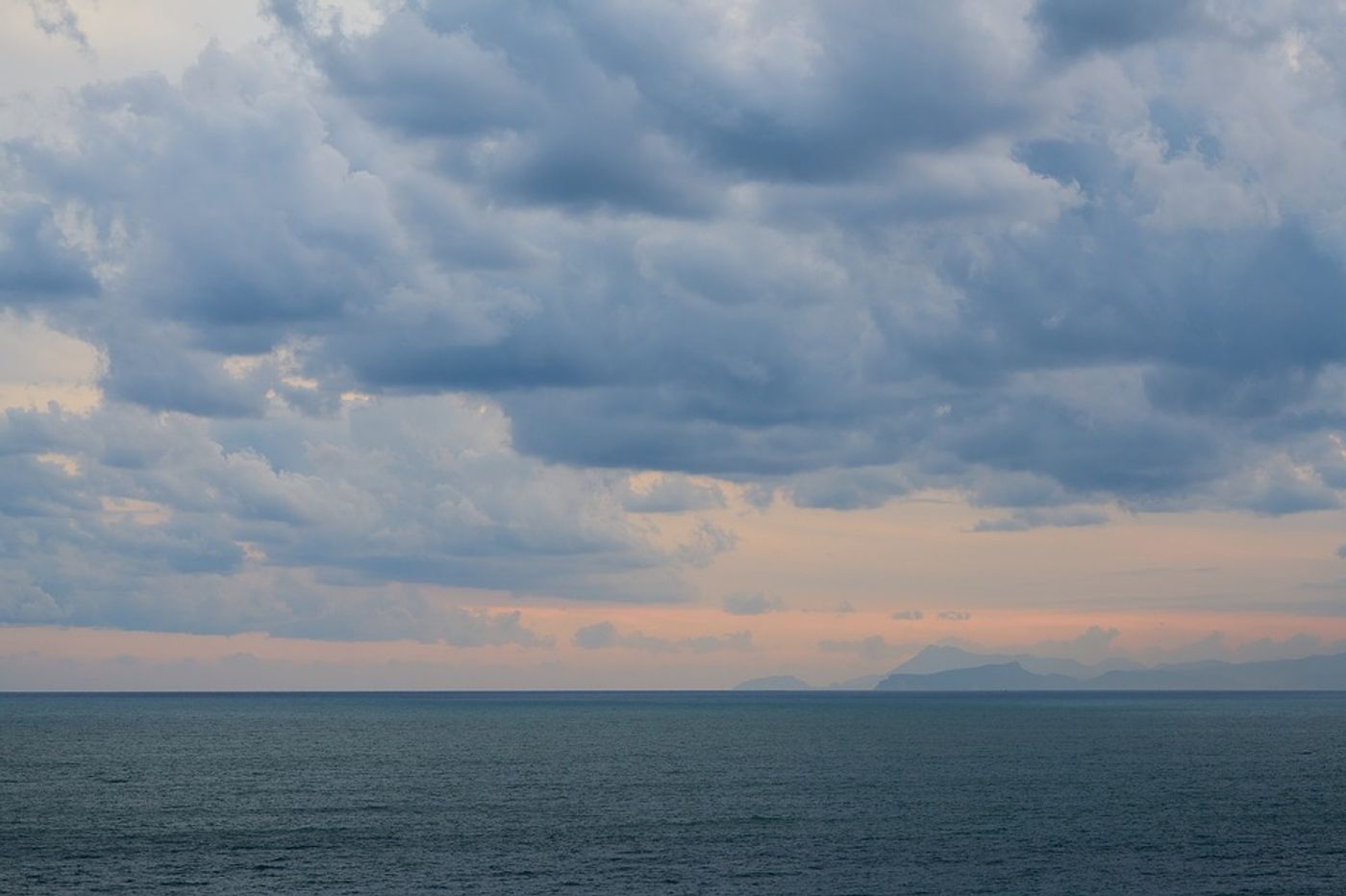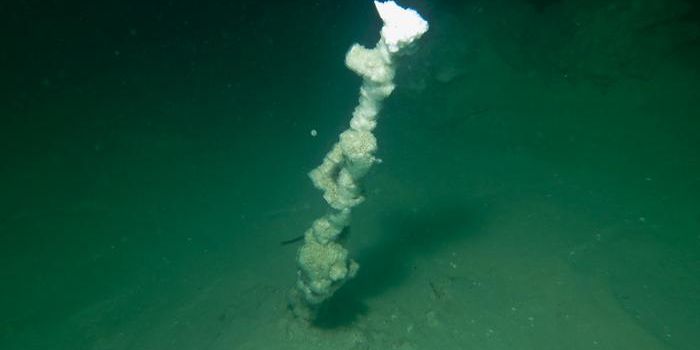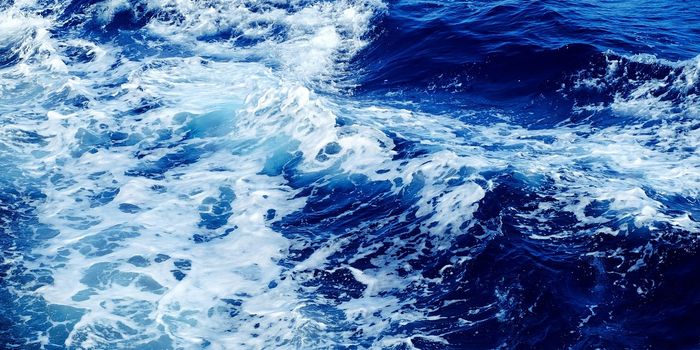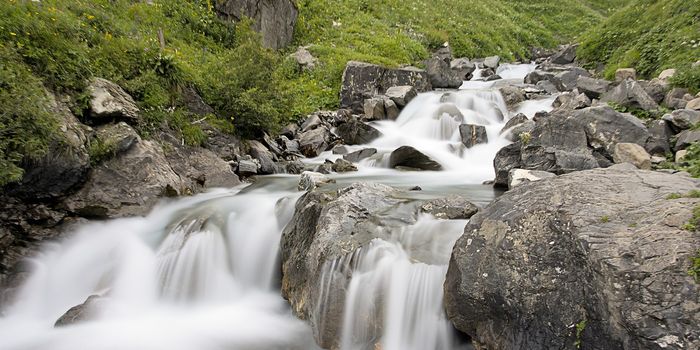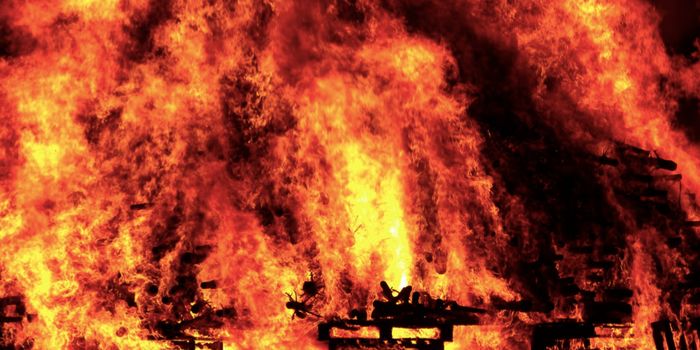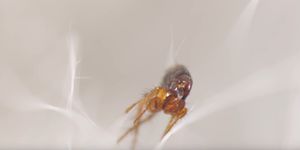What the Indian Ocean Dipole has in store for Australia
New research from The Australian National University (ANU) and the ARC Centre of Excellence for Climate Extremes sheds light on how changes in the Indian Ocean's surface temperatures puts southeast Australia at risk for intensified climate conditions. The research, led by Professor Nerilie Abram, analyzed the Indian Ocean Dipole (IOD) and determined that the IOD played a significant role in the severe conditions seen in Australia this past year.
"The 2019 event, known as a positive Indian Ocean Dipole, was a big one. It cut off one of the major sources for southern Australia's winter and spring rainfall, and set up the extremely hot and dry conditions for the terrible fires that ravaged Australia this summer," said Professor Abram from the Research School of Earth Sciences and the Centre of Excellence for Climate Extremes at ANU.
The researchers hope that their findings, which were published in the journal Nature, will improve our understanding of climate variations as well as risk management policies. They say that their data tracks the intensification of hot, dry spells in the region, both in severity and frequency, and we must prepare for the worst.
"Historically, strong events like the one we saw in 2019 have been very rare. Over the reconstruction beginning in the year 1240, we see only 10 of these events, but four of those have occurred in just the last 60 years," Professor Abram said.
"In 1675, an event occurred that was up to 42% stronger than the strongest event we have observed so far during the instrumental record, which was in 1997. The terrible impacts of this older severe event can be seen in historical documents from Asia," said Dr. Wright from the Research School of Earth Sciences and the Centre of Excellence for Climate Extremes at ANU.
In other words, if such a strong event occurred due to variations in the IOD without the influence of anthropogenic emissions, imagine what is possible now. "The 1675 event shows the type of extremes that are possible, even without human-caused climate change. By causing positive Indian Ocean Dipole events to become stronger and more common, we are now upping the odds that an extreme event like this one could happen again," said co-researcher Dr. Nicky Wright.
To arrive at these conclusions, the researchers used coral records from the eastern equatorial Indian Ocean to reconstruct Indian Ocean Dipole variability over the last thousand years. Interestingly, they note in their study that they also observed coupling between the Indian Ocean Dipole and the El Niño-Southern Oscillation (ENSO) in the Pacific Ocean.
Sources: Nature, Science Daily
